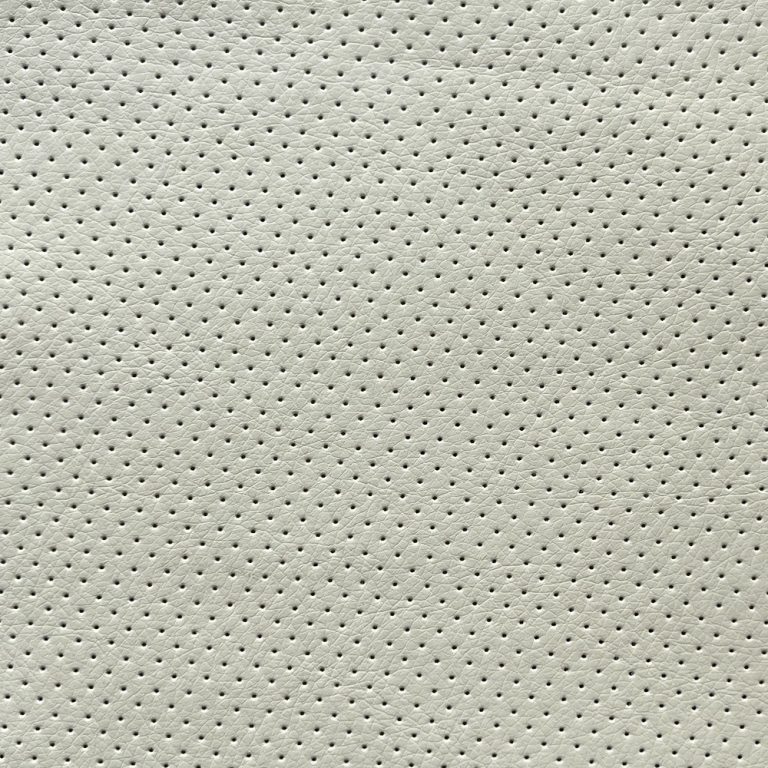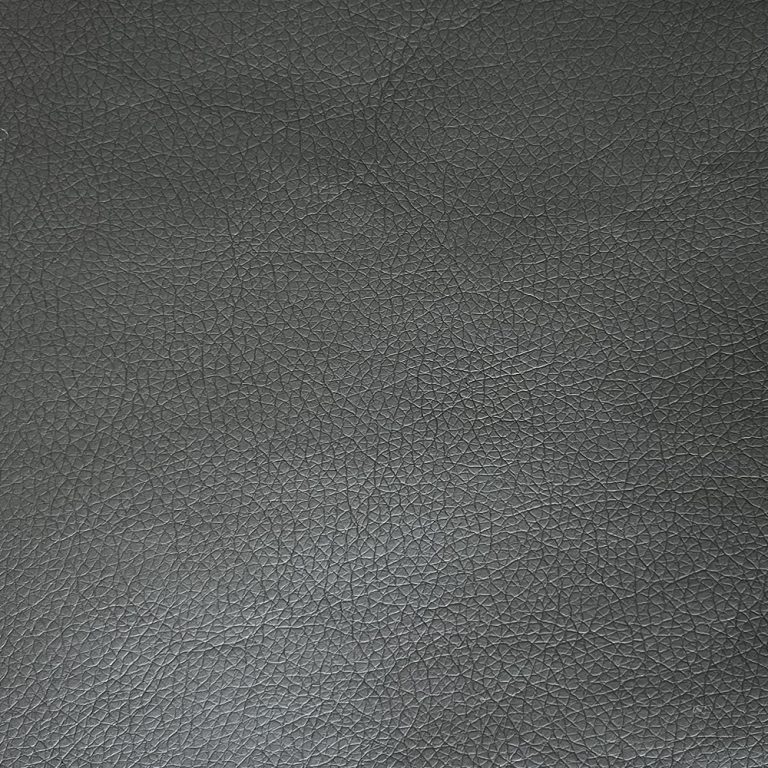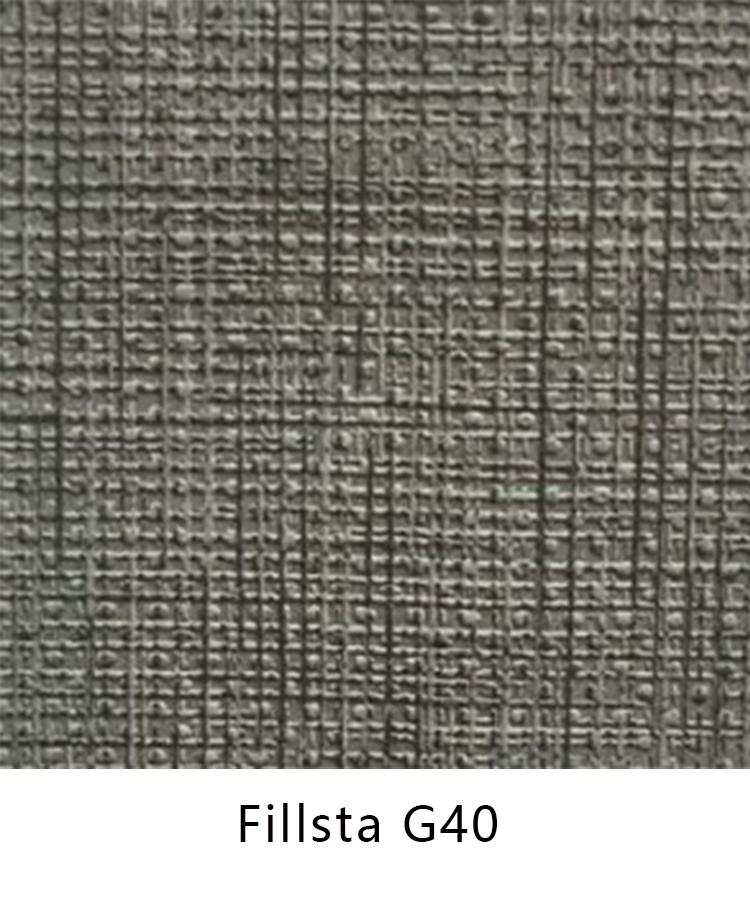Inhoudsopgave
Pros and Cons of Using PU Material for Yoga Mats
When it comes to choosing a yoga mat, there are a variety of materials to consider. One popular option is PU, or polyurethane, which is a synthetic material known for its durability and grip. In this article, we will explore the pros and cons of using PU material for yoga mats to help you make an informed decision.
One of the main advantages of PU yoga mats is their durability. PU is a strong and long-lasting material that can withstand regular use without wearing out quickly. This means that you can rely on your PU yoga mat to provide a stable and supportive surface for your practice for a long time.
In addition to durability, PU yoga mats also offer excellent grip. The texture of PU material provides a non-slip surface that helps you maintain your balance and stability during poses. This can be especially beneficial for those who practice hot yoga or other forms of yoga that involve a lot of movement and sweat.
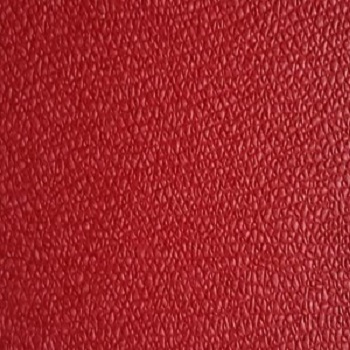
Another benefit of PU yoga mats is their ease of maintenance. PU material is easy to clean and maintain, making it a convenient option for those who want a low-maintenance yoga mat. Simply wipe down your PU mat with a damp cloth after each use to keep it clean and fresh.
On the other hand, there are some drawbacks to using PU material for yoga mats. One potential downside is that PU is not as eco-friendly as natural materials such as rubber or cork. If sustainability is important to you, you may want to consider a yoga mat made from a more environmentally friendly material.
Another con of PU yoga mats is that they can be on the pricier side compared to other materials. While the durability and grip of PU mats may justify the higher cost for some, others may prefer a more budget-friendly option.
Additionally, some people may find that PU yoga mats have a strong chemical smell when they are first unpackaged. This odor, which is often a result of the manufacturing process, can be off-putting for some users. However, the smell typically dissipates over time with proper airing out.
In conclusion, PU yoga mats offer a range of benefits, including durability, grip, and ease of maintenance. However, they may not be the best choice for those who prioritize sustainability or are on a tight budget. Ultimately, the decision to use a PU yoga mat comes down to personal preference and priorities. Consider your needs and preferences carefully before making a decision, and remember that there are many options available when it comes to choosing a yoga mat that suits your practice.
How to Properly Clean and Maintain PU Yoga Mats
PU yoga mats are a popular choice among yoga enthusiasts due to their durability, comfort, and eco-friendly properties. However, like any other yoga mat, PU mats require proper cleaning and maintenance to ensure their longevity and performance. In this article, we will discuss how to properly clean and maintain your PU yoga mat to keep it in top condition for your yoga practice.
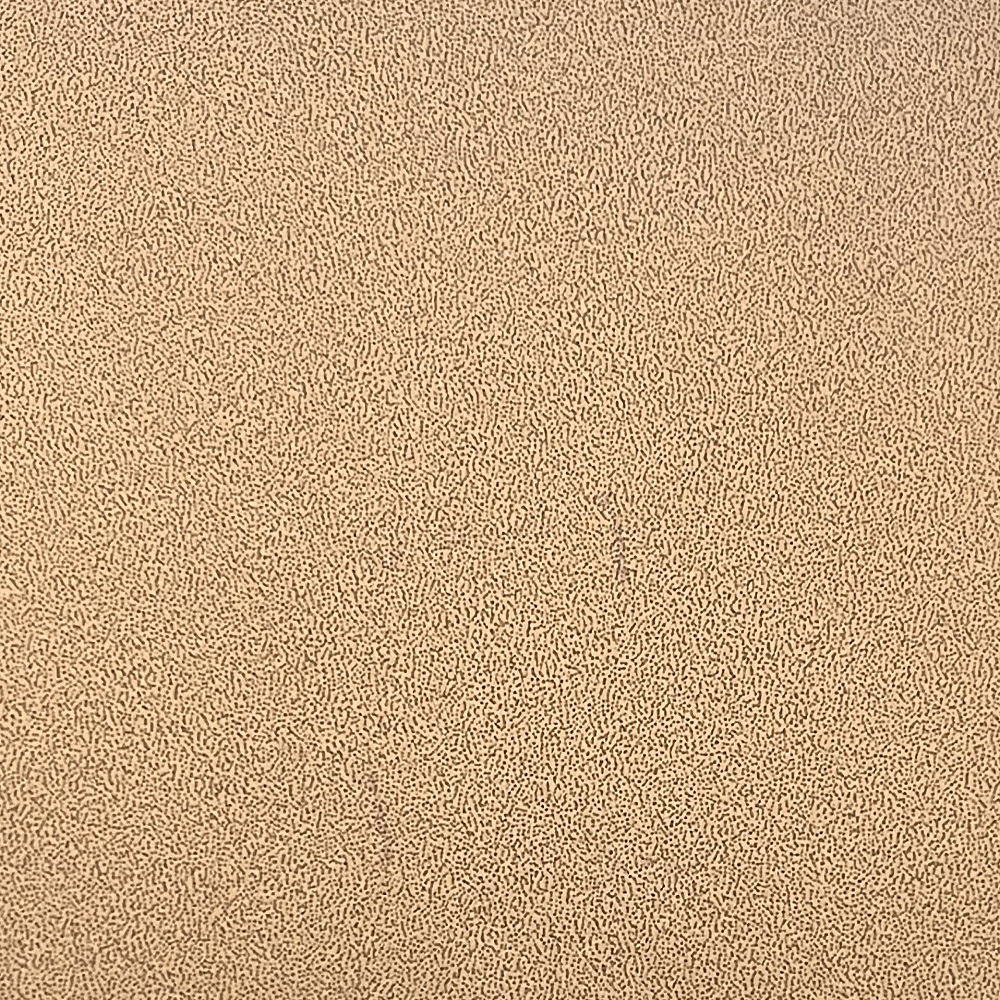
First and foremost, it is important to regularly clean your PU yoga mat to remove dirt, sweat, and bacteria that can accumulate during your practice. To clean your mat, start by wiping it down with a damp cloth or sponge to remove any surface dirt. You can also use a gentle yoga mat cleaner or a mixture of water and mild soap to clean more stubborn stains. Avoid using harsh chemicals or abrasive cleaners, as these can damage the PU material and affect the mat’s performance.
After cleaning your PU yoga mat, it is important to let it air dry completely before rolling it up or storing it away. Avoid exposing your mat to direct sunlight or high heat, as this can cause the PU material to deteriorate over time. Instead, lay your mat flat in a well-ventilated area to allow it to dry thoroughly. If you need to speed up the drying process, you can use a clean towel to gently pat the mat dry.
| Amount | Name |
| 1 | yoga mat natural rubber pu |
In addition to regular cleaning, it is also important to properly maintain your PU yoga mat to prevent wear and tear. One way to protect your mat is to use a yoga towel or mat cover during your practice. This will help absorb sweat and prevent oils from your skin from seeping into the mat, which can cause it to deteriorate over time. Additionally, using a towel or cover can help extend the life of your mat and keep it looking and feeling fresh.
Another important aspect of maintaining your PU yoga mat is to store it properly when not in use. Avoid leaving your mat rolled up for long periods of time, as this can cause creases and wrinkles to form in the material. Instead, store your mat flat or loosely rolled in a cool, dry place away from direct sunlight and heat. This will help preserve the shape and integrity of your mat and prevent it from becoming damaged.
Lastly, it is important to regularly inspect your PU yoga mat for any signs of wear and tear. Check for any cracks, tears, or peeling in the material, as these can affect the performance and durability of your mat. If you notice any damage, it is important to address it promptly to prevent further deterioration. You can repair minor damage with a patch kit specifically designed for PU yoga mats, or consider replacing your mat if the damage is extensive.
In conclusion, proper cleaning and maintenance are essential for keeping your PU yoga mat in top condition. By following these tips and incorporating them into your regular yoga practice, you can ensure that your mat remains durable, comfortable, and supportive for years to come. Remember to clean your mat regularly, use a yoga towel or cover during practice, store it properly, and inspect it for any signs of wear and tear. With proper care, your PU yoga mat will continue to enhance your yoga practice and provide you with a supportive foundation for your poses.



